I mentioned my “white whale” komon in this entry, and earlier this week the obi I’d purchased specifically with it in mind arrived. Today the weather was nice and I finally had some time to pull together an outfit, and I am thrilled with how it all came together.
I combined the busy arabesque komon with a nearly-solid obi with a bit of simple kinkoma embroidery in gold, tabi in a similar shade of eggplant, a goldish yellow haneri, and a yellow shibori obiage and matching yellow obiage with hakata details. As a final touch, I added one of my precious treasures, an obidome that was awarded to the Aikoku Fujinkai (patriotic women’s association) sometime before WWII. I will be writing an entry about this item itself in the future, when I’ve collected more information.
I look like a doofus in a few of these, but at least I look like a happy doofus!
Items used in this coordination
- Busy Arabesque
- Aubergine Kiri
- Solid yellow
- Lemon Yellow Shibori
- Yellow Hakata
- Aikoku Fujinkai

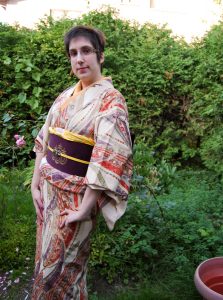
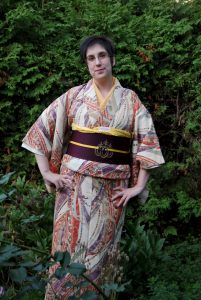
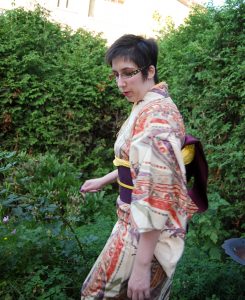
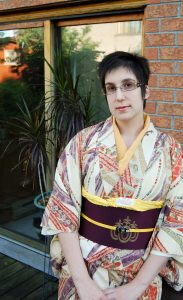

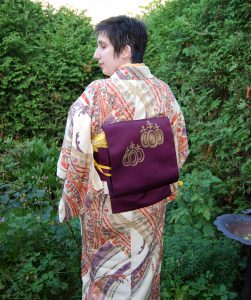
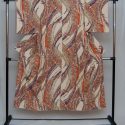
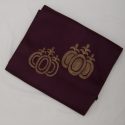
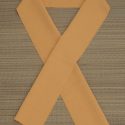
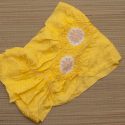
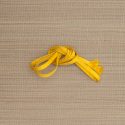
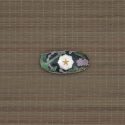









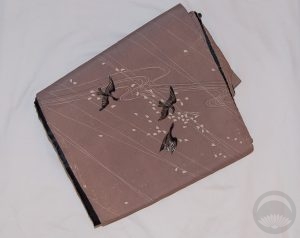











 Bebe Taian
Bebe Taian CHOKO Blog
CHOKO Blog Gion Kobu
Gion Kobu